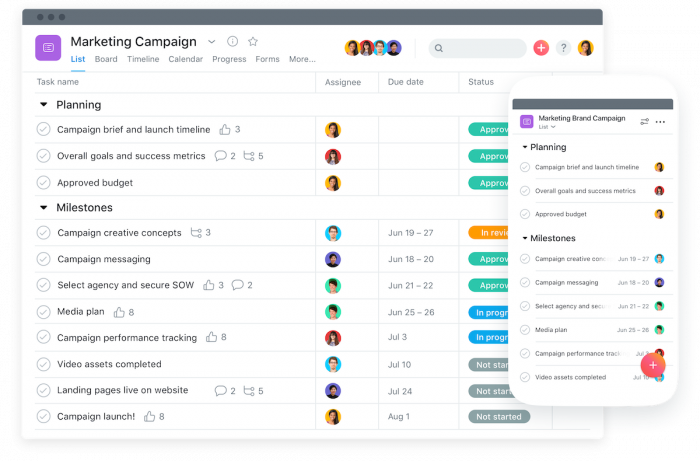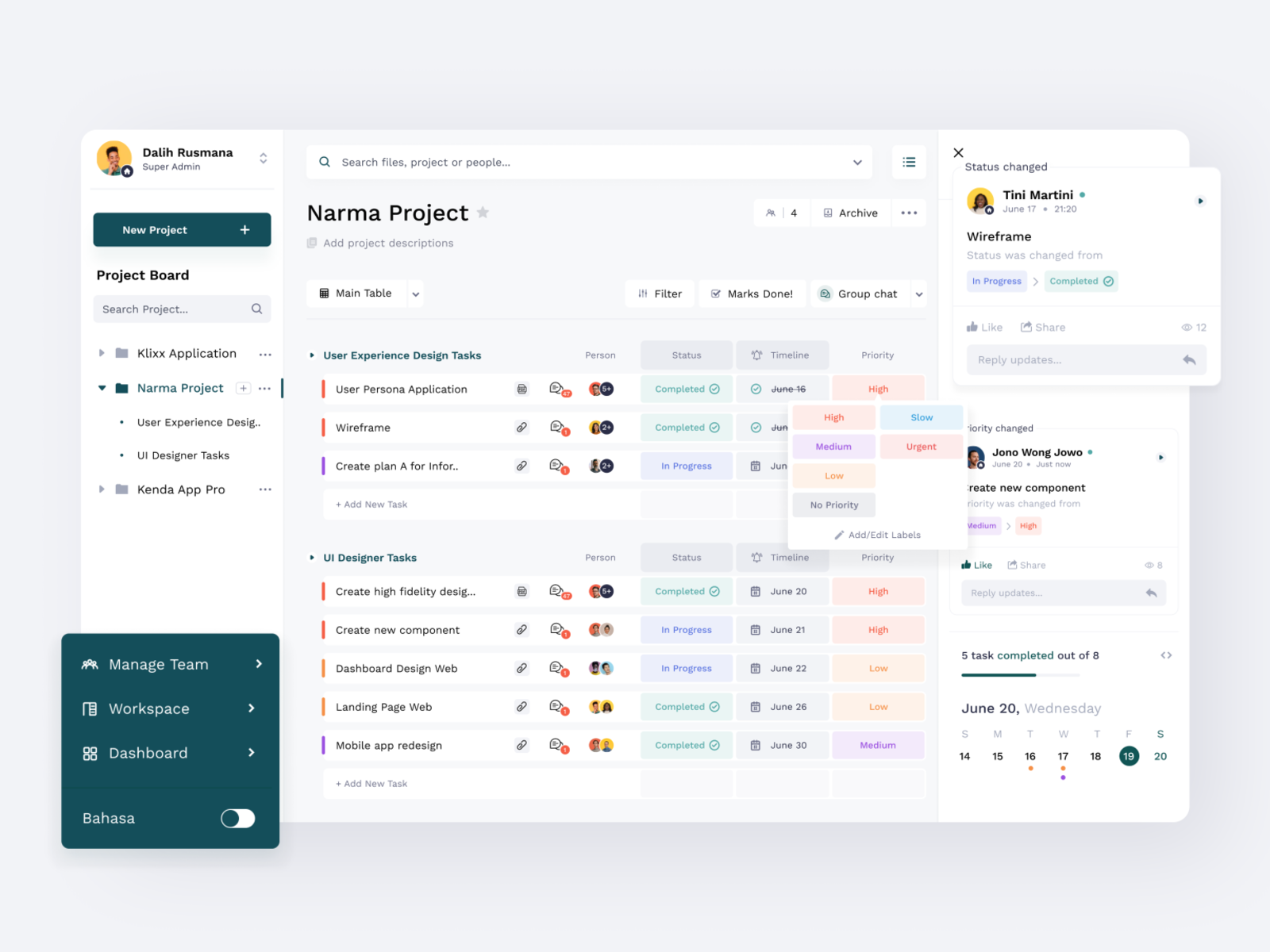

A list of the assumptions you’re making in the plan. Ideas on resources needed for tasks/deliverables. Timeframes associated with tasks/deliverables. Deliverables and the tasks taken to create them. Make sure your project plan outline includes the following components: When will other members of the team play a role in contributing to or providing feedback on those deliverables?Ī first outline can be very rough and might look something like a work breakdown structure, as noted in our chapter on project estimation. Who’s on the project team, and what role will they play in those deliverables?. How will we get to those deliverables and the deadline?. Any solid project plan should answer these questions: If you’re at a loss for where to begin, start with the who, what, when, and how of the project. Be sure you have a calendar close by to check dates. Sit down with a pen and paper (or a whiteboard), and outline how the project should work at a high level. Sketch out the main components of your project plan Take some time to think about the discussions you had in the pre-planning phase and the approach your team might take to meet the project goals. Now that you’ve gathered the basic project details, the next step is to knock out a rough draft of your plan. Step 2: Draft a rough outline of your project plan After all, a happy team delivers better projects. Understanding these basics about your team will help you craft a thoughtful plan that takes their work styles and bandwidth into consideration. Sit down with your team and get to know their: The last step in the research phase is to take time to learn more about the people who’ll be responsible for the work. See a list of sample interview questions to ask stakeholders so you can develop better project plans. The best way to communicate with partners and stakeholders. Related or similar projects, goals, and outcomes. Key outages, meetings, deadlines, and driving factors. Stakeholder interest/involvement levels. Product ownership and the decision-making process. It also shows you care about the success of the project from the start.īe sure to discuss these things with your stakeholders: This will give project stakeholders confidence that your team has the experience to handle any difficult personality or situation. Schedule time with your main project contact, and ask them some tough questions about process, organizational politics, and general risks before creating a project plan. If you want to dazzle stakeholders with a stellar project delivery, you’ve got to know how they work and what they expect. Be thorough in your research to uncover critical project details, and ask thoughtful questions before you commit to anything. Review the scope of work and related documents (maybe an RFP or notes from sales calls or meetings with your client team). Conduct your own research to dig deeper on:ĭive into any communications that are relevant to the project. Understanding the ins and outs of the project will help you determine the best process and identify any snags that might get in the way of success. It’s the story of your project, and you don’t want it to be a tall tale! So make sure you know all the facts before you start creating a project plan. Step 1: Start with research and preplanningĪ project plan is more than a dry document with dates. It is most commonly represented in the form of a gantt chart to make it easy to ensure work stays on track. The purpose of a project plan is to map out the steps and resources it will take to complete a project on time and budget.Ī project plan communicates vital information-such as deadlines, assignments, and key milestones-to all project stakeholders and is integral to project success. What is a project management plan?Ī project management plan-also known as a project plan-is a document that outlines the process your team will use to manage the project according to scope to meet its stated objectives. The output of the project planning process is a project management plan. 

It's one of the most important processes in project management. Project planning is the process of defining the project scope, objectives, and steps needed to get the work done.
How to create a project plan in TeamGanttīefore we dive into the process basics, let’s start with a couple of definitions.No matter the length or level of drama, every story is based on a story arc or an outline-or as we call it in the project management world, a project plan.







 0 kommentar(er)
0 kommentar(er)
